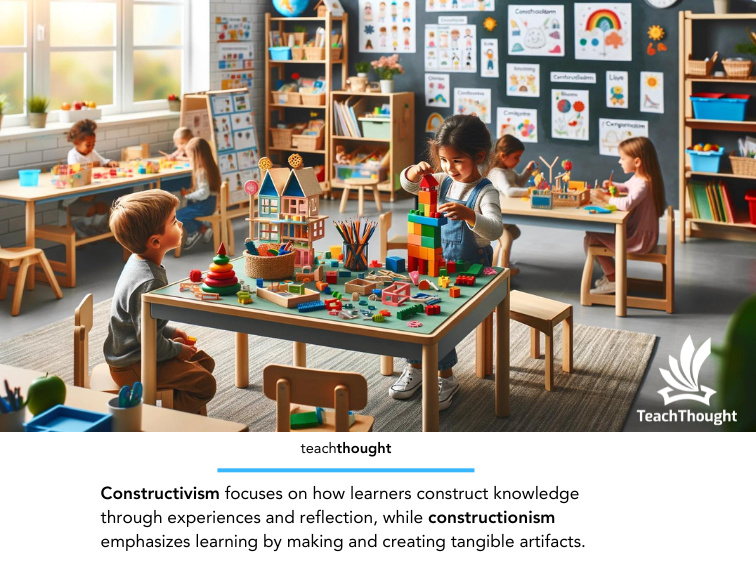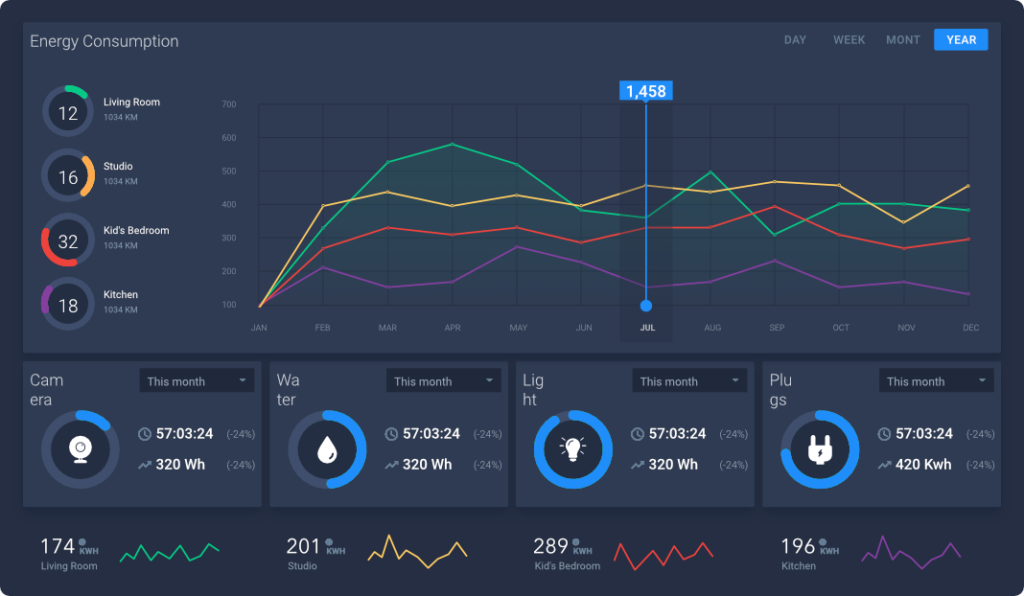Contributed by Dawn Casey-Rowe
There they were–like a dream. Five computers in my classroom.
I’d been waiting a long time, through budget issues and fiscal delays. But they were finally in my room–computers! Ironically, I had spent all summer investigating ways I could digitize my room without the internet–I was tired of waiting for ‘budget money.’ I resolved I would get the job done without pestering my boss for technology funds. I decided I would use set up a shiny new blog. I felt confident I could proceed into technology with those three things. But my boss came through in a big way, and when I returned this past August, they were there–computers.
I felt unstoppable.
Mine was one of the last three classrooms to get computers. In some respects, I was lucky. The people that got computers first–they’re not getting upgrades anytime soon.
This is the problem with technology in schools. Many schools are connected, but they lack the resources to follow through and truly digitize. We know what technology does to technology, but in many schools, it’s broken, blocked, out of use, or not what anyone wanted to begin with, so it sits. There are also sharp socioeconomic divisions, whereby the schools with the least money receive funding, the schools with the most money do not need as much financial support, and the schools in the middle, surprisingly, lose out.
I applaud the President for the ConnectEd initiative. Getting all schools to access to the Internet is, obviously, a bare minimum. Faster speeds and higher bandwidth are fairly low standards, too. Mobile technology is also given. We must provide every school with an updated, modern technology infrastructure. Schools must commit to a long-term technology plan to make this work. In addition to training teachers to use technology through conferences and professional development for teachers, educational leaders must enact policies that permit technology to enhance teaching goals, rather than just allowing it to become a series of ‘haves’ and educational buzzwords that are not practical for the classroom setting.
In Rhode Island, we have been working hard to make the technology practical for classrooms by connecting educators using the technology with the innovators designing the solutions. This is helpful only when classes are connected and have the systems and infrastructure to use these innovations.
According to a (now dated but still relevant) study conducted by the nonprofit Center for American Progress cited by the New York Times, study author Ulrich Boser notes, “Schools frequently acquire digital devices without discrete learning goals,” which has resulted in situations where no measurable gain in student achievement can be seen. In other words, technology must be a tool for achieving the end goal of student success, integrated by people with the permission and knowledge to do so.
Also Read: If You Only Teach Students One Thing About Writing
What Committing To Technology Will Require
If schools can develop great policies to allow for the responsible and productive use of technology, can keep the infrastructure up to date, and succeed in getting teacher-student buy-in by allowing them to be part of the procurement process, technology in the classroom will become second nature, bolstering achievement. Teachers and students will have access to the apps they want to use. Technology already is ubiquitous in our day-to-day lives; why not in the classroom?
My first memory of teaching was the day I walked into my classroom. Coming out of grad school and going into real teaching was a shock. For me, there was a disconnect between teacher prep and teaching. In school, we learned what makes a great teacher. One of those things was the use of educational technology. When teachers enter the classroom, they must be able to instruct with the best methods and technology. To be effective, technology must not only be in the class, it must work.
We expect technology to be functional in real-world situations. It must be no different in schools. If teachers are constantly supplied with yesterday’s tech or tech they either don’t want or aren’t prepared to use, it’s not going to be a productive learning experience for students.
Countless times I’ve planned a lesson for class only to find components blocked or tech not functioning. Kids have emailed me work for feedback, and I’ve had to say, “Sorry, your version’s too new–it isn’t compatible with my school computer. I’ll look at it at home.” These days we use Google Drive and share docs. I can take a peek at my iPhone from the road. That’s the way professionals operate–these are skills we must model and teach in education.
It is my hope that initiatives like ConnectEd, as well as local and state conversations about the best use of educational technology, will begin to connect the disconnected, designing usage policies that will bring all of our schools where we want them to be. Without everyone at the table offering solutions–solutions that can be applied both systemically and uniquely to solve broad and specific problems in education, the internet in the world will not give us what we are hoping for.
Moving From Connected Schools To Technology dependent Schools
[ad_2]







